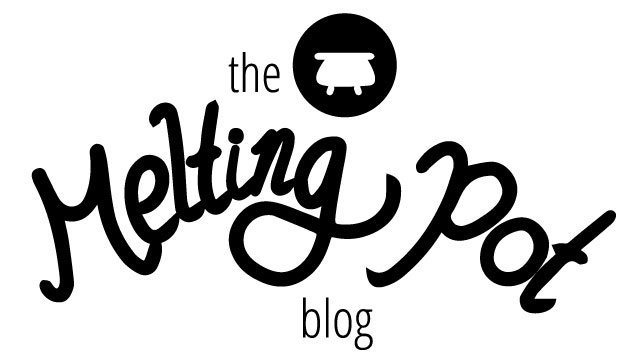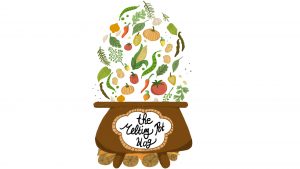India
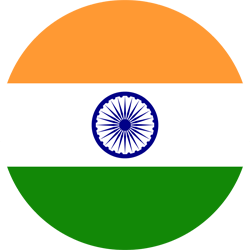
India or also known as Bharata is situated in South Asia. It is bordered by several countries ; Pakistan, China, Nepal, Bhutan, Bangladesh & Myanmar. India, is the worlds second most populated country in world with a population of 1.38 billion. As if that wasn’t impressive enough, the population has over 19,500 mother tongues spoken but only 23 of those are officially recognized languages.
What Did The Ancient People of India Eat?
India, where archaeological evidence of early civilization and agriculture can be traced back to over 9,000 years ago. Ancient Indian farmers, cultivated a variety of crops and raised cattle for their milk and meat.
The Indus Valley civilisation, was located in the flood plains of the Indus and Saraswati River over 5000 years ago. The river predictably floods twice a year, leaving behind a nutrient rich soil called silt when the water recedes. After the flood, the soil reaches its maximum water retention which is important if you want well watered crops.
Also known as, the Harappan and Mohenjo Daro civilisation (located in modern day Pakistan) was sustained through trading and agriculture. Trading seals have been found as far as Mesopotamia ( Modern day Syria, Iraq, Jordan and Egypt.)
A typical Indian ancient meal would consist of lentils, rice and meat would be eaten depending on a persons religious belief. Lentils have been an early major crop for over 10,000 years. Flat breads were also a major staple and made from wheat and barley.
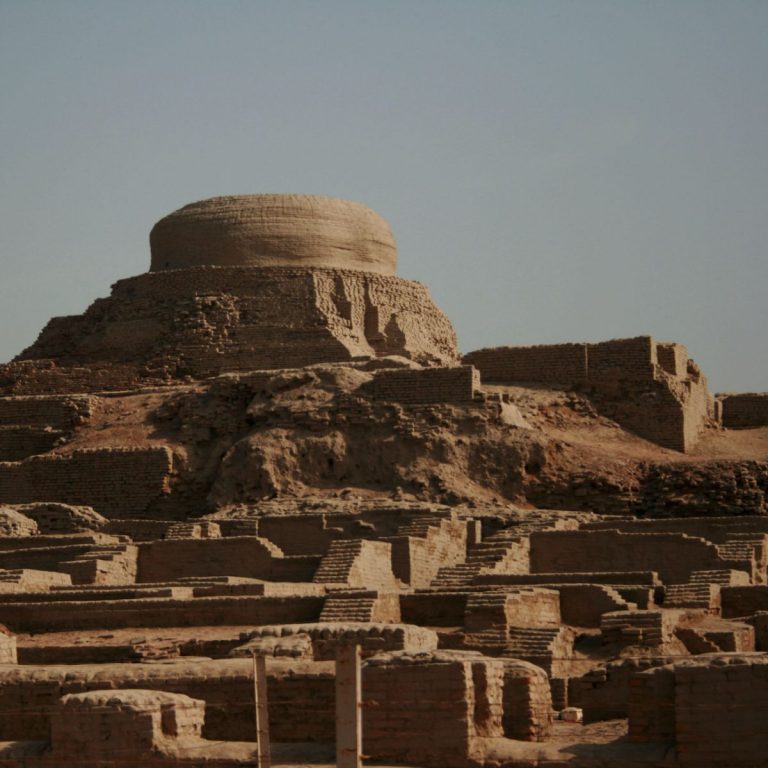
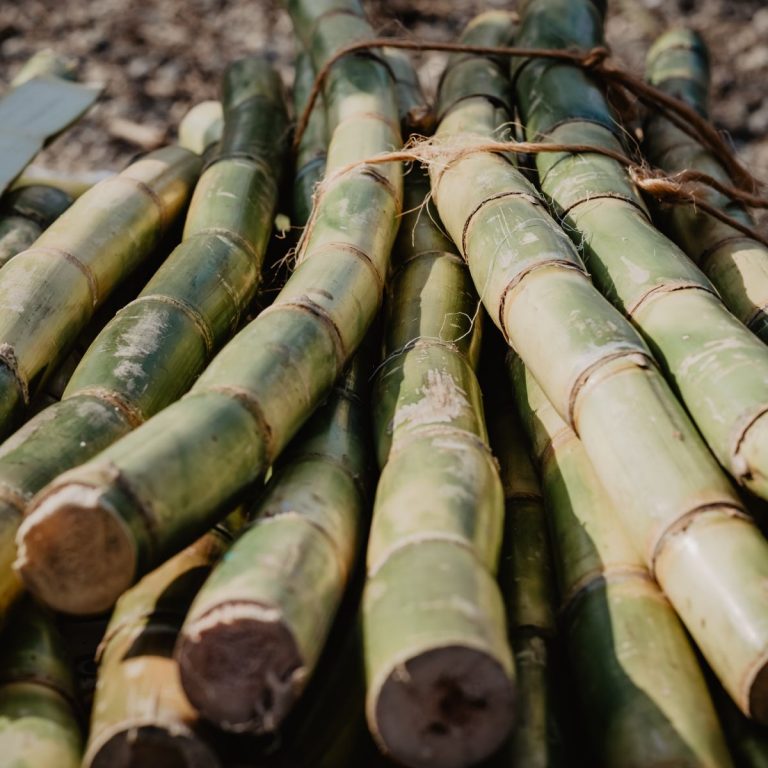

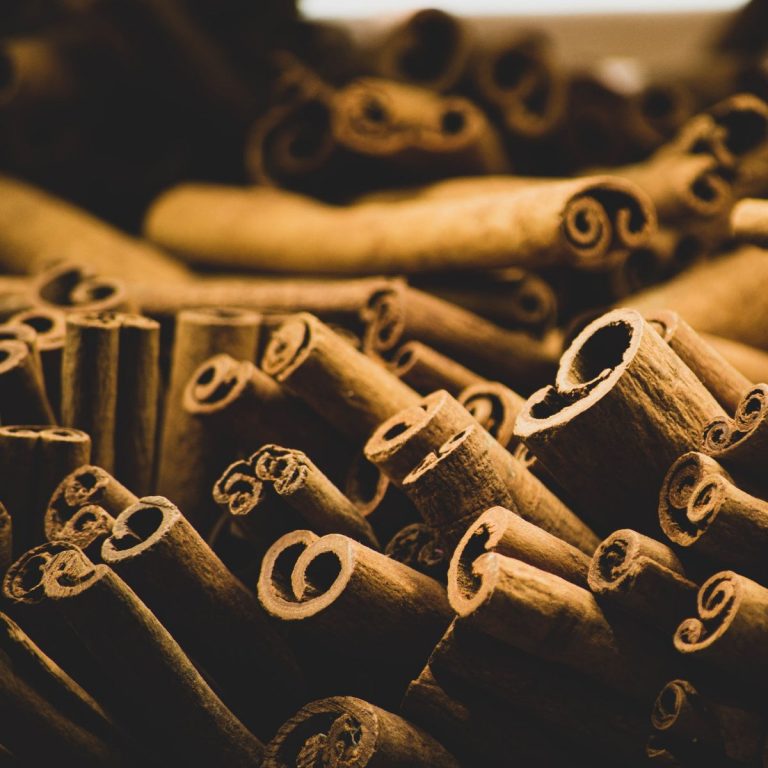
Ayurveda, is a Sanskrit text written between 3000 BCE and 1000 BCE and is compiled of four sacred texts. The Rig Veda, Yajur Veda, Sam Veda and Atharva Veda. Ayur meaning life and Veda meaning knowledge, the knowledge of life. Ayurveda states that we are made up of earth, water, fire, air and ether. These elements combined, make up 3 Doshas. It is believed that all areas of life can impact the state of our Dosha which in turn affects our health positively or negatively.
Vruksha Ayurvedam translates to “The Science of Plant Wellness”. It is made up off 12 chapters and
Further evidence of trade, is the use of clove heads. Which is thought to have originated from the Maluka Islands in East Indonesia. In Ayurveda, cloves are used for culinary and medicinal purposes. The earliest find of clove use dates back to 900-1100 AD and were found in Sri Lanka. Also known as, ‘Mother Nature’s Anti-septic’ , is effective for toothache, by chewing a piece of clove for pain relief. Suffering from a sore throat or cough? A soothing herbal clove tea can aid due to its antimicrobial, anti-inflammatory and anti-oxidant properties. Click here to read more about the benefits of Clove.
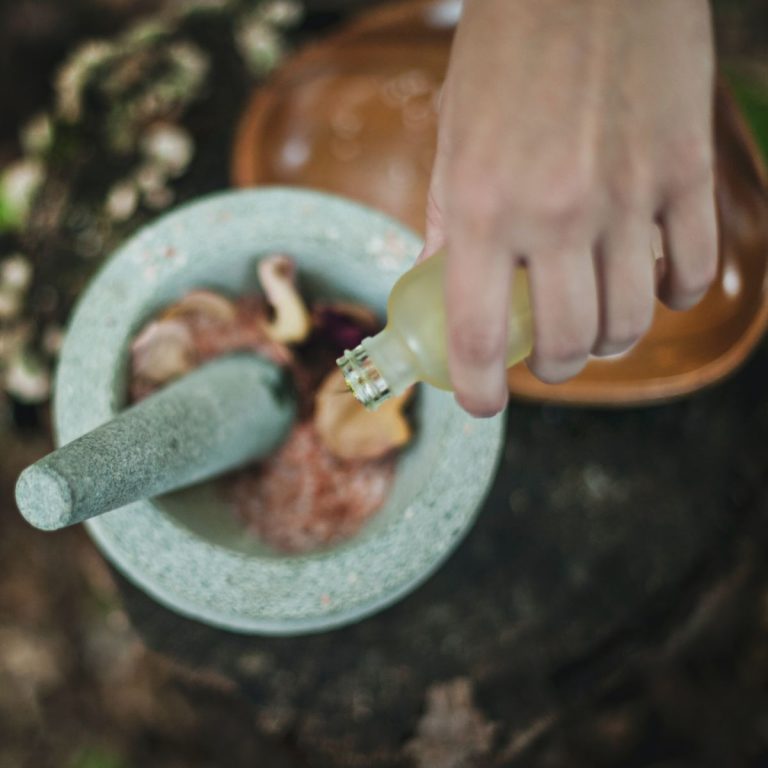
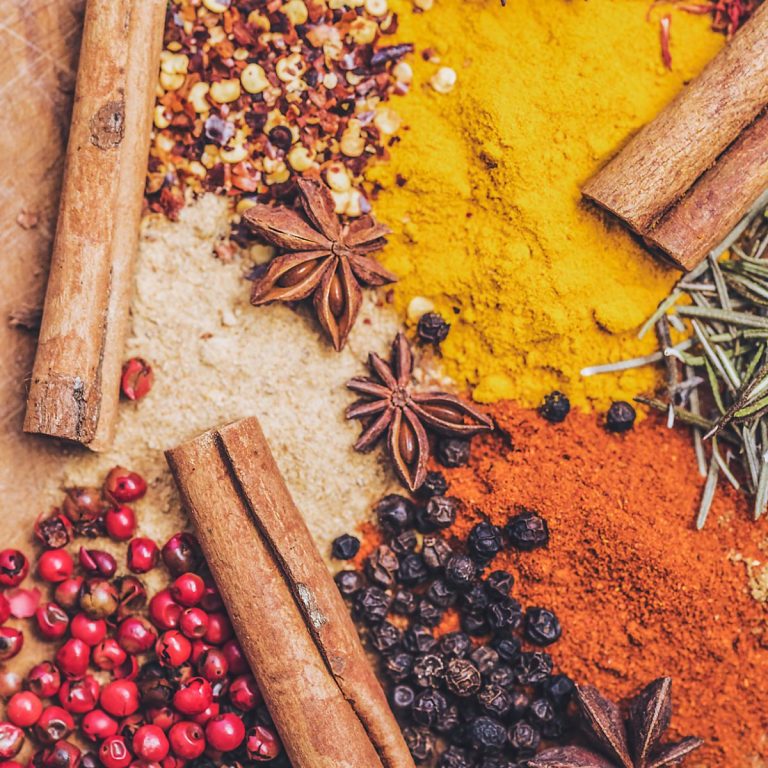
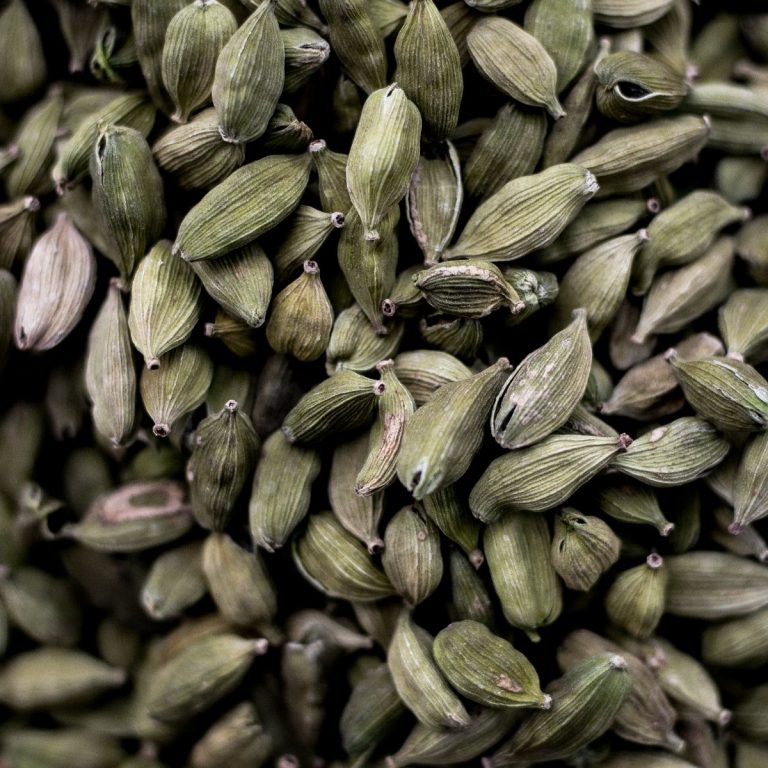
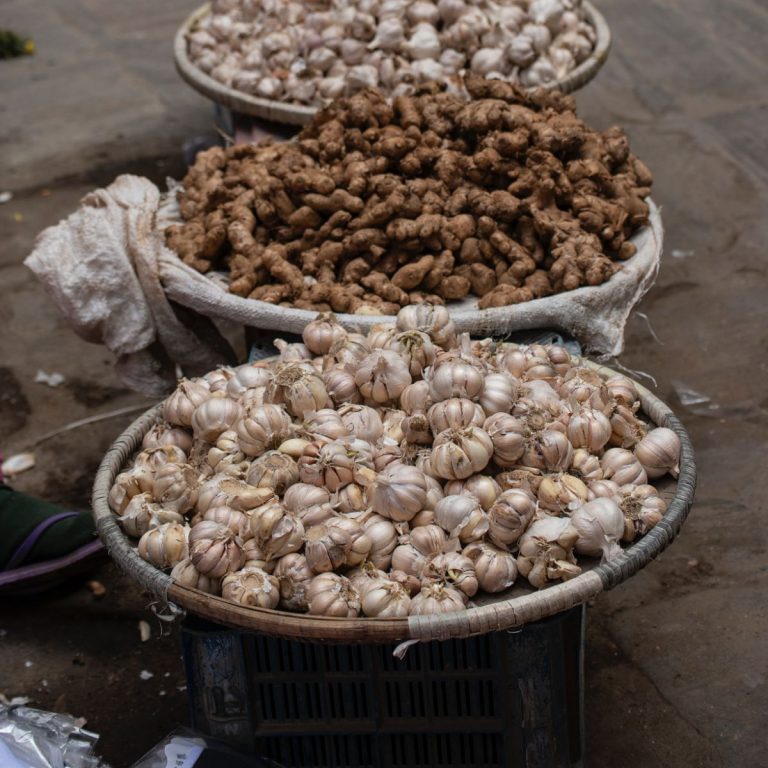
Turmeric, Ginger, and Garlic, the basis of most curries today and it has been for the last 5,000 years.
How do we know what the ancient Indians ate, you may ask? By examining the human remains, plaque on teeth and the residue found in clay cooking pots. Through archaeological excavations and analysis, experts are slowly able to piece together the timeline of India’s most used spices and ingredients.
Turmeric or the latin name “Curcuma Longa”, related to the ginger family. Science is only now able to proof the effects of treating modern diseases with turmeric. Ayurveda records turmeric as a remedy for a long list of ailments and states that it balances the 3 doshas. And this was thousands of years ago! Read more.
Ginger or also known as Singabera in Sanskrit, belongs to the root family like turmeric and cardamom. In Ayurveda, it is said to be an excellent remedy for diseases caused by an excess of vata dosha (read more). The use of ginger in food and medicine dates back to over 5,000 years ago.
Garlic find its origins in Central Asia & made its way to Egypt over 3,200 years ago via trade routes. A relative of onions & leeks, it was observed to have anti-microbial properties and is considered a blood purifier along with onions.
Ayurveda, has been written over a period of time and is made up off many volumes and chapters. The the list of remedies and cause of disease are many, please click here to read more.
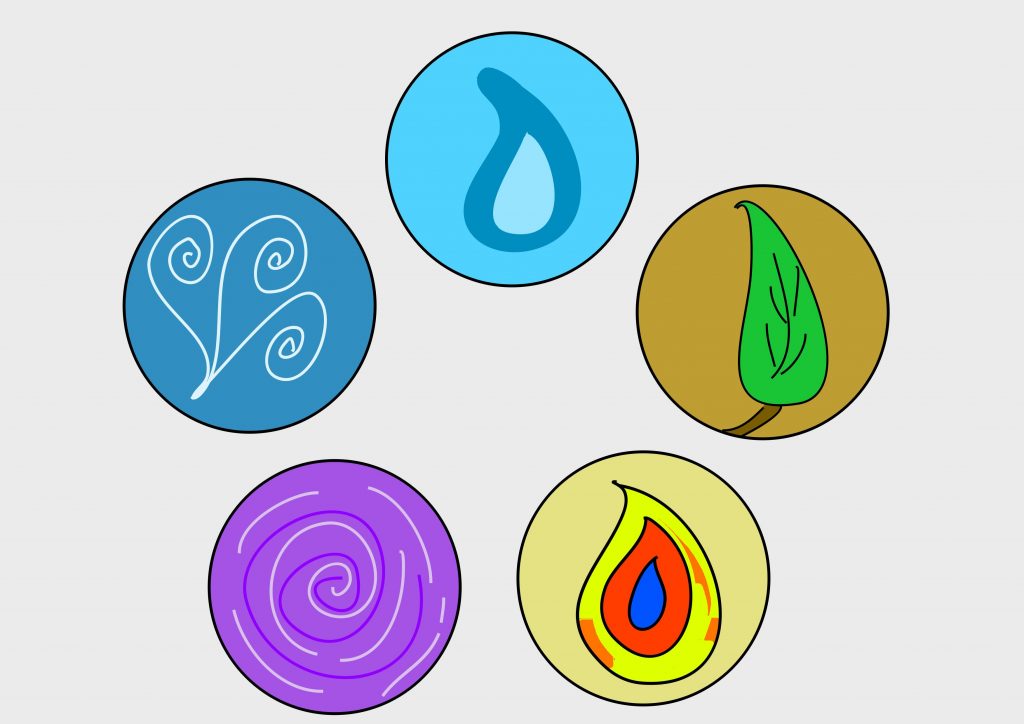


Sources:
- https://www.historyofayurveda.org/library/diet-and-agricultural-practices-of-the-indus-civilization
- https://www.historyforkids.net/ancient-indian-food-for-kids.html#:~:text=The%20ancient%20Indians%20ate%20a,to%20catch%20and%20eat%20fish.
- https://tableagent.com/article/an-overview-of-indias-regional-cuisines/
- http://www.ownguru.com/blog/indus-valley-civilization-agriculture/#:~:text=Agriculture%20in%20the%20Indus%20valley,rice%20were%20grown%20in%20summer.
- https://www.takingcharge.csh.umn.edu/where-ayurveda-come-from#:~:text=Originally%20shared%20as%20an%20oral,(1200%2D1000%20BCE).
- https://en.wikipedia.org/wiki/History_of_India#Paleolithic
- https://en.wikipedia.org/wiki/History_of_Indian_cuisine
- https://slate.com/human-interest/2013/01/indus-civilization-food-how-scientists-are-figuring-out-what-curry-was-like-4500-years-ago.html
- https://www.ayurvedacollege.com/blog/turmeric/
- https://www.keralaayurveda.us/courses/signs-and-solutions-for-fall-imbalance/
- https://en.wikipedia.org/wiki/Ginger
- https://gingerpeople.com/ginger-history-and-health/#:~:text=The%20known%20history%20of%20ginger,as%20much%20as%20one%20sheep!
- https://specialtyproduce.com/produce/Egyptian_Garlic_17586.php#:~:text=Garlic%20is%20native%20to%20Central,been%20introduced%20around%203200%20BCE.
